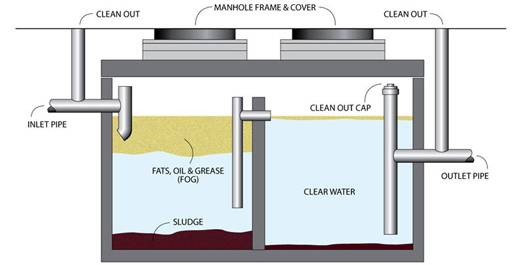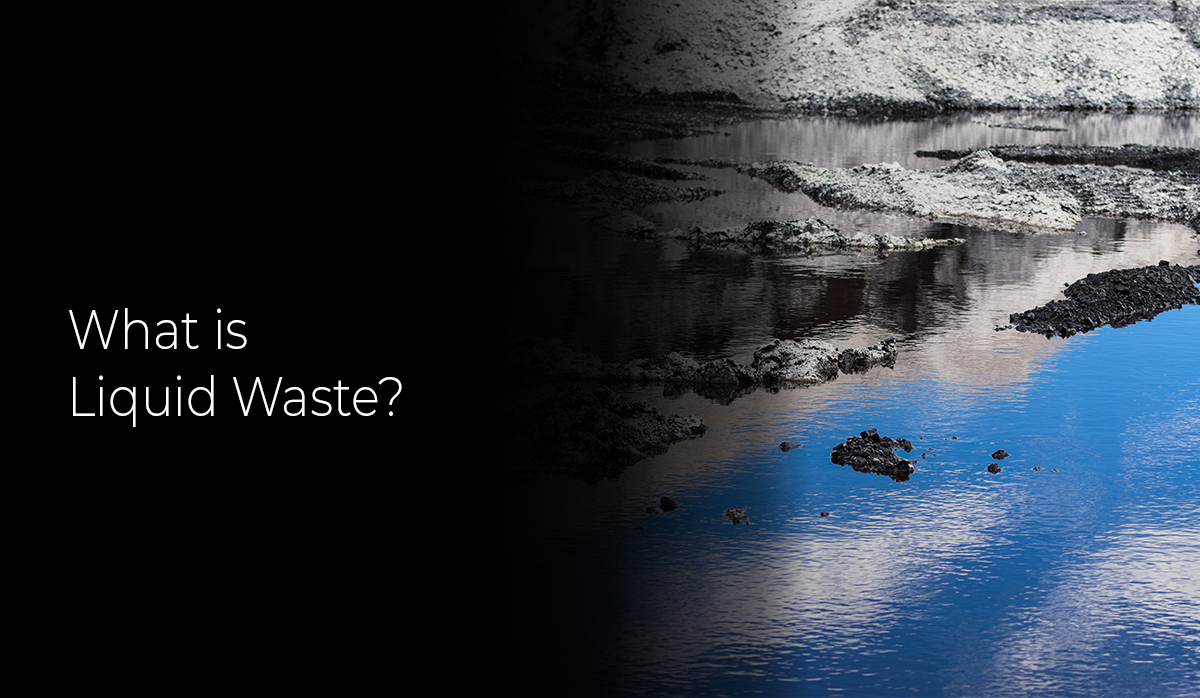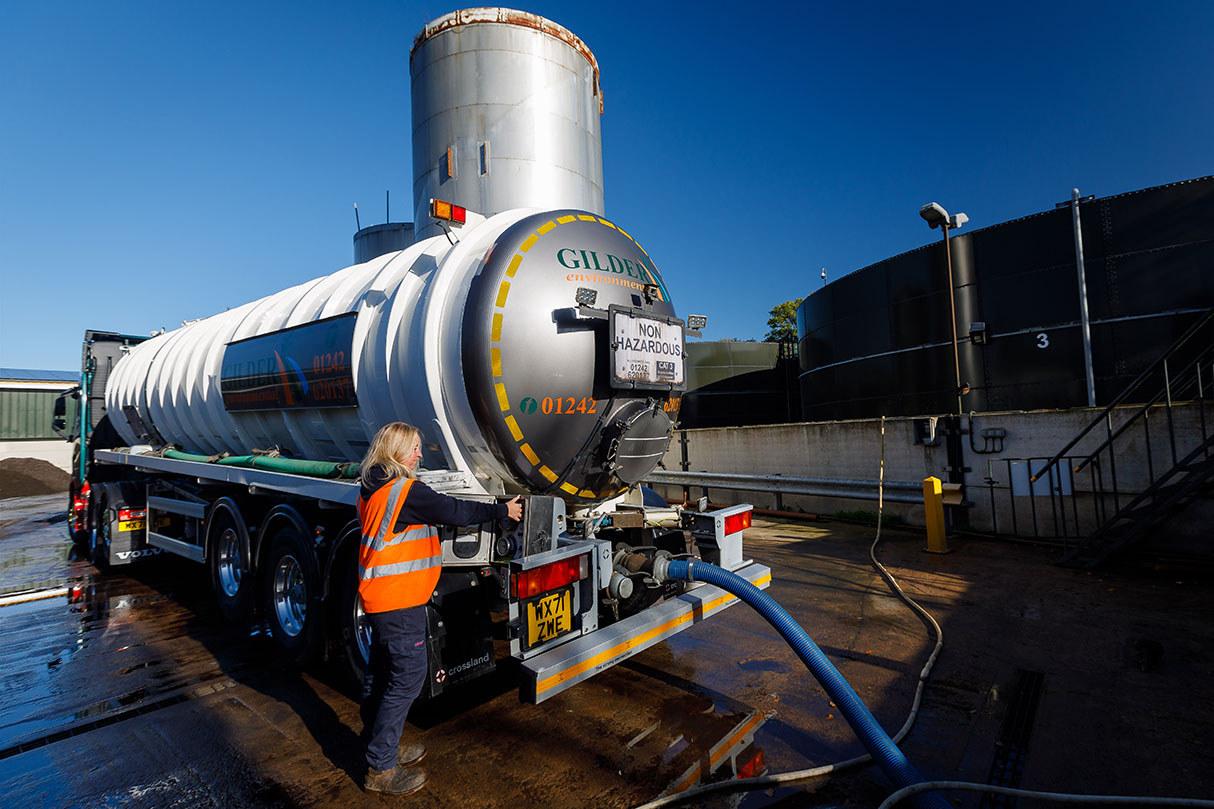Top Liquid Waste Disposal Melbourne: Trusted Services for Proper Waste Management
Top Liquid Waste Disposal Melbourne: Trusted Services for Proper Waste Management
Blog Article
Just How Fluid Garbage Disposal Works: A Thorough Summary of Strategies and Technologies Utilized

Review of Fluid Waste Kind
The complexity of fluid waste kinds demands a detailed understanding of their attributes and effects for disposal. Liquid waste can broadly be classified into a number of types, including industrial, municipal, farming, and hazardous waste. Each classification exhibits unique homes, requiring specific management approaches to mitigate ecological and wellness dangers.
Industrial liquid waste stems from manufacturing procedures and commonly has a range of impurities, such as hefty metals, solvents, and natural substances. Municipal fluid waste, primarily making up wastewater from families and commercial establishments, includes organic issue, nutrients, and pathogens (industrial wastewater treatment). Agricultural fluid waste, consisting of runoff from ranches, may have plant foods, chemicals, and pet waste, positioning dangers to water high quality and communities
Harmful fluid waste is defined by its poisoning, sensitivity, or possible to trigger injury. This group includes materials like acids, bases, and particular chemicals that demand strict handling and disposal protocols. Recognizing these diverse fluid waste types is critical for developing efficient disposal approaches and ensuring compliance with ecological policies. Proper category and characterization are necessary for implementing proper treatment strategies and lessening the damaging effect on public health and the setting.
Physical Treatment Methods

Testing is the initial step, where larger bits and particles are removed from the liquid waste using screens or grates. This procedure protects downstream devices from damages and ensures smoother procedure. Adhering to testing, sedimentation utilizes gravitational force to different solids from liquids. In sedimentation containers, heavier particles work out at the bottom, creating a sludge layer, while the made clear liquid can be more treated.
Filtration is an additional crucial method that involves passing the fluid with permeable materials, such as sand or membranes, to capture smaller sized bits. This action boosts the quality of the fluid, making it appropriate for subsequent therapy procedures.

Chemical Therapy Methods
Chemical therapy methods are vital for properly handling fluid waste, specifically in resolving liquified and colloidal impurities that physical methods might not sufficiently get rid of. These strategies utilize different chemical representatives to reduce the effects of, precipitate, or change unsafe materials into much less harmful forms.
One typical approach is coagulation and flocculation, where chemicals such as alum or ferric chloride are included in advertise the gathering of suspended particles. This process improves sedimentation, enabling for easier elimination of the resulting browse around these guys sludge. Additionally, oxidation procedures, utilizing agents like chlorine or ozone, are employed to damage down intricate natural substances and microorganisms, providing the waste safer for discharge or further treatment.
Neutralization is one more essential strategy, which changes the pH of acidic or alkaline waste streams to neutral degrees, stopping possible injury to downstream systems and the atmosphere. Additionally, progressed oxidation processes (AOPs) utilize mixes of oxidants and ultraviolet light to degrade relentless pollutants, accomplishing a greater degree of therapy performance.
Organic Therapy Procedures
Biological therapy processes play a critical function in the monitoring of liquid waste by utilizing microorganisms to break down organic matter and minimize pollutant levels. These procedures can be generally classified into anaerobic and cardiovascular therapies, each utilizing specific microbial neighborhoods to accomplish efficient waste degradation.
Cardio treatment includes making use of oxygen to promote the malfunction of organic materials by bacteria. This process is frequently implemented in activated sludge systems, where click this oygenation storage tanks offer a helpful environment for microbial growth, leading to the oxidation of organic toxins. The resultant biomass can be separated from treated effluent with sedimentation.
On the other hand, anaerobic therapy takes place in the absence of oxygen, counting on various bacteria to break down natural issue. This approach is particularly advantageous for high-strength waste, as it produces biogas, an eco-friendly power source, while lowering sludge manufacturing. Technologies such as anaerobic digesters are often employed in local and industrial applications.
Both aerobic and anaerobic biological treatments not just lessen the ecological influence of liquid waste however additionally facilitate source recuperation, making them essential elements of sustainable waste monitoring techniques. Their flexibility, performance, and performance sustain their prevalent execution across various sectors.
Arising Technologies in Disposal
Innovative methods to liquid waste disposal are swiftly advancing, driven by innovations in modern technology and a raising emphasis on sustainability. Among these arising technologies, membrane layer bioreactors (MBRs) have actually gotten grip for their capacity to incorporate biological treatment with membrane layer filtration, leading to top quality effluent that can be reused in different applications. MBRs enable smaller sized impacts and a lot more efficient procedures contrasted to traditional systems.
An additional encouraging growth is making use of anaerobic food digestion incorporated with nutrient recuperation modern technologies, which not only deals with liquid waste yet also creates biogas and recovers important nutrients like nitrogen and phosphorus. This twin benefit boosts resource performance and lowers environmental influence.
Furthermore, advanced oxidation processes (AOPs) are being adopted for the degradation of complex organic contaminants. additional resources These approaches utilize powerful oxidants and drivers to damage down contaminants at the molecular level, providing a highly effective solution for difficult waste streams.
Additionally, the combination of expert system and artificial intelligence in waste monitoring systems is optimizing operational effectiveness and anticipating maintenance, bring about minimized expenses and boosted environmental conformity. These innovations reflect a significant change in the direction of more efficient and sustainable liquid garbage disposal practices.
Verdict
To conclude, efficient fluid waste disposal necessitates a comprehensive understanding of various methods and technologies. The assimilation of physical, chemical, and biological treatment methods guarantees the effective monitoring of diverse waste kinds. Additionally, the development of ingenious modern technologies boosts therapy efficiency and promotes sustainability in waste monitoring practices. By constantly progressing these techniques, it becomes possible to attend to the expanding challenges connected with liquid waste, eventually contributing to ecological security and source recovery.
Fluid waste disposal is a critical element of environmental management, calling for an extensive understanding of various techniques and technologies tailored to various waste types. Fluid waste can generally be classified right into several types, consisting of industrial, community, farming, and unsafe waste. Agricultural liquid waste, including overflow from farms, might consist of fertilizers, chemicals, and animal waste, presenting dangers to water high quality and environments.
Numerous physical treatment approaches play a vital function in taking care of liquid waste successfully - industrial wastewater treatment.In final thought, reliable fluid waste disposal necessitates a thorough understanding of various methods and modern technologies
Report this page